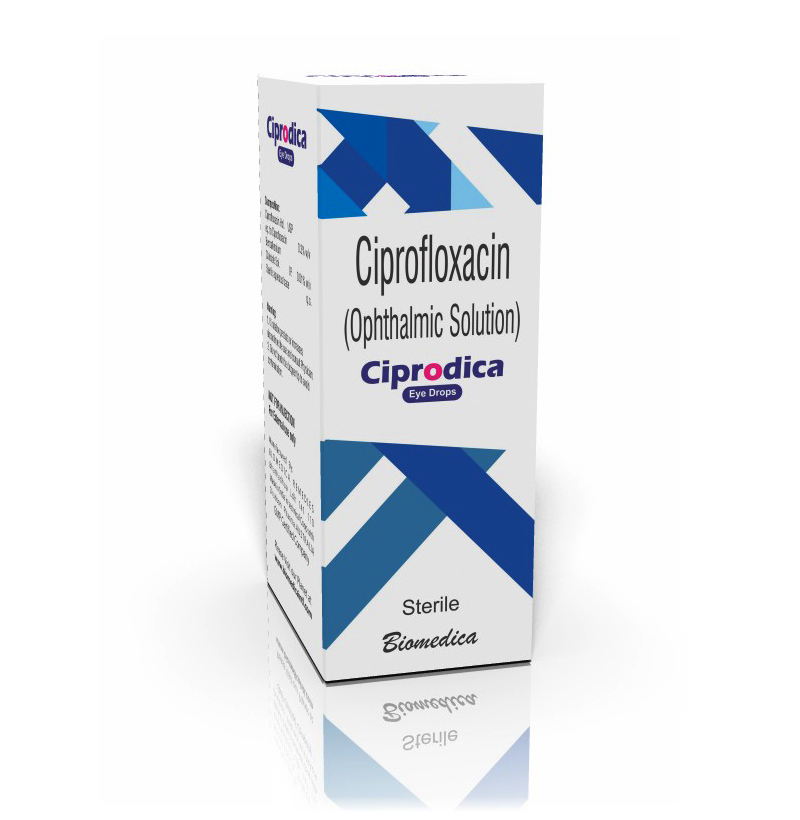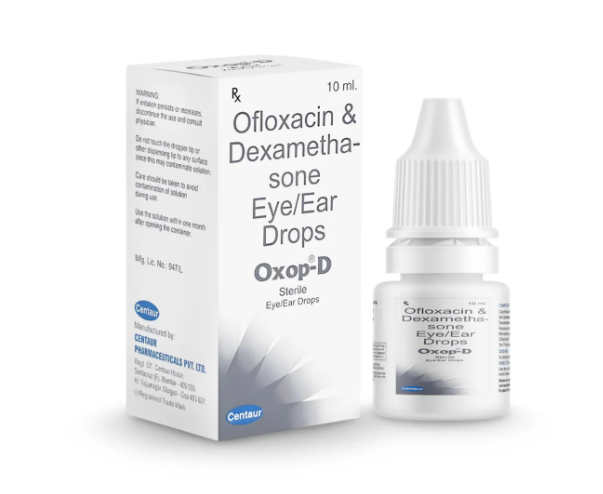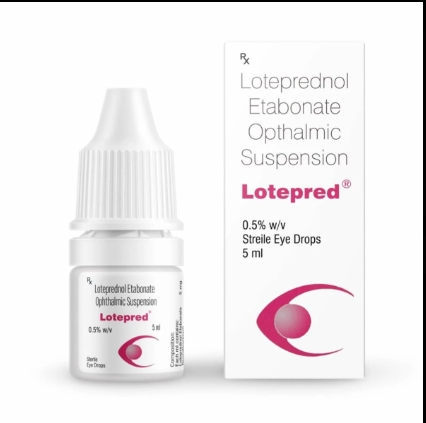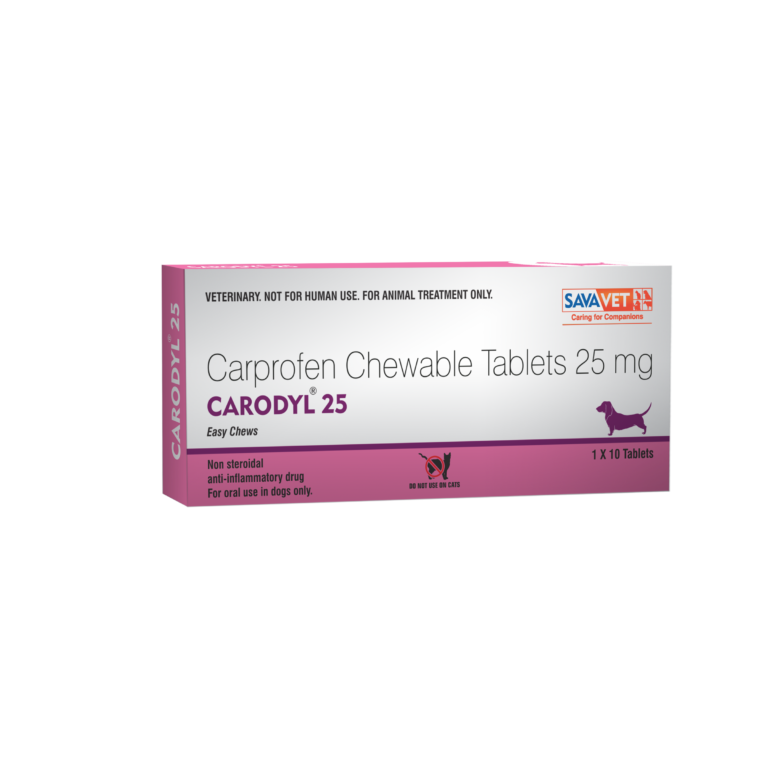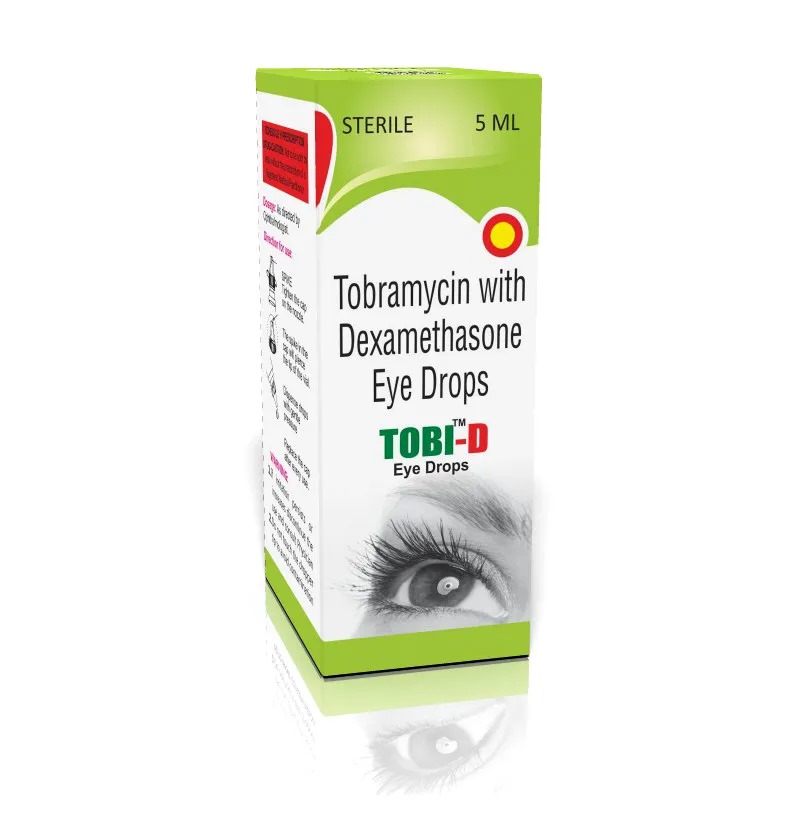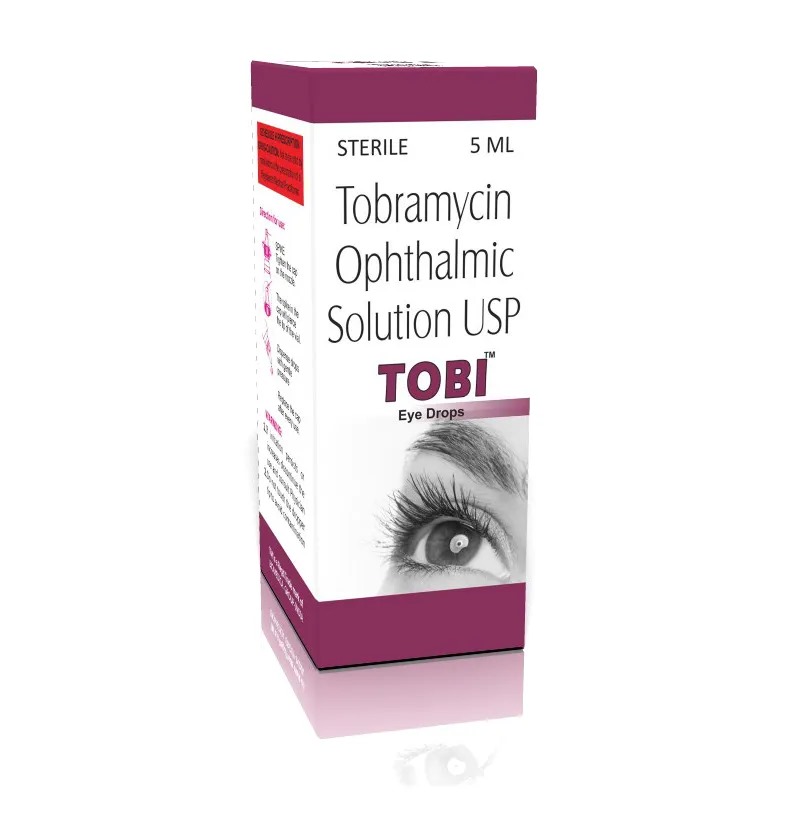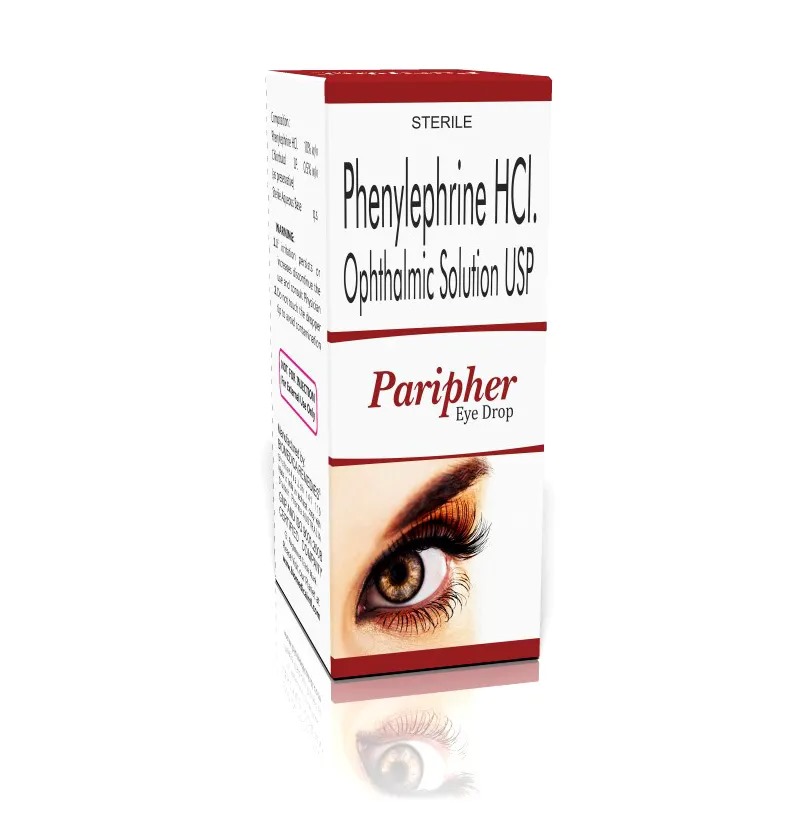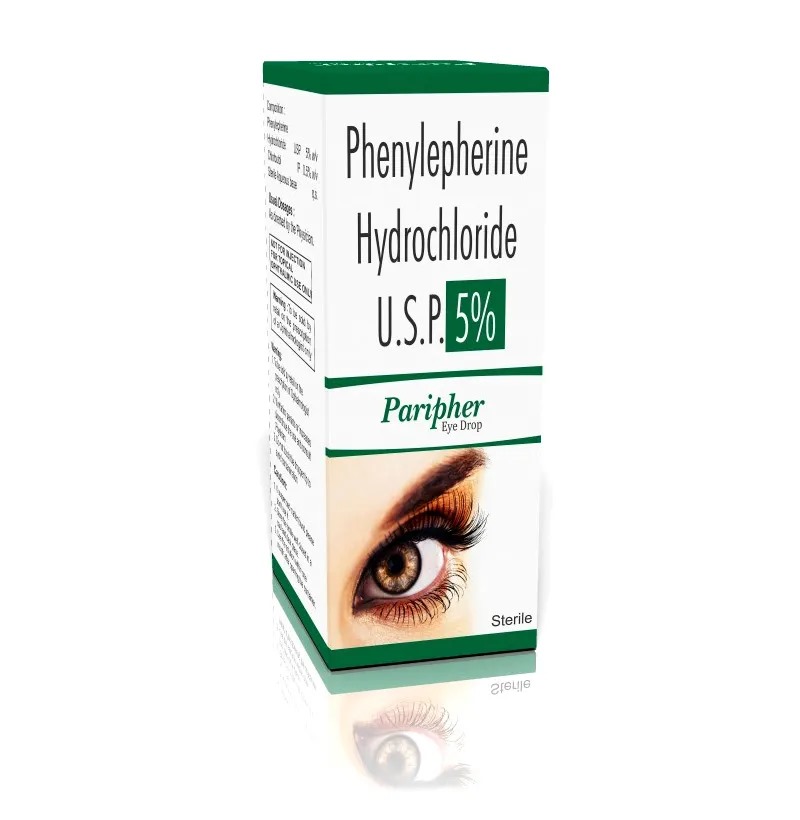CIPRODICA Ciprofloxacin Eye Drops are a combination medication used to treat bacterial eye infections, particularly when inflammation is present. Here's a detailed overview: 🔹 Composition Ciprofloxacin 0.3%: An antibiotic that inhibits bacterial DNA replication, effectively treating bacterial infections. Dexamethasone 0.1%: A corticosteroid that reduces inflammation, alleviating symptoms like redness, swelling, and discomfort. 🔹 Primary Uses Bacterial Conjunctivitis Inflammation of the conjunctiva (the membrane covering the white part of the eye) due to bacterial infection. Corneal Ulcers (Keratitis) Infections of the cornea, often resulting from trauma or contact lens use. Post-Surgical or Post-Trauma Infections with Inflammation Prevents or treats infections and associated inflammation following eye surgeries or injuries. 🔹 How It Works Ciprofloxacin: A fluoroquinolone antibiotic that targets and kills bacteria by inhibiting their DNA replication. Dexamethasone: A corticosteroid that suppresses the immune response, reducing inflammation and associated symptoms.
Send Message